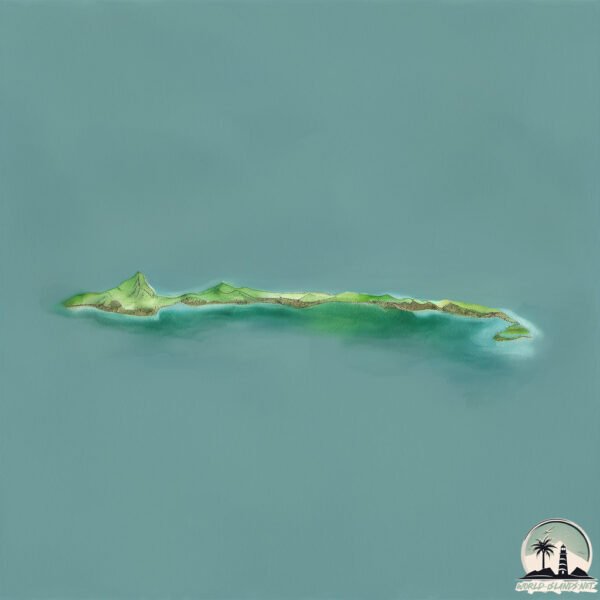Welcome to Raindeer , a Polar island in the Beaufort Sea, part of the majestic Arctic Ocean. This guide offers a comprehensive overview of what makes Raindeer unique – from its geography and climate to its population, infrastructure, and beyond. Dive into the details:
Geography and size of Raindeer
Size: 0.422 km²Coastline: 10.7 kmOcean: Arctic OceanSea: Beaufort SeaContinent: North America
Raindeer is a Tiny Island spanning 0.422 km² with a coastline of 10.7 km.
Archipel: –
Tectonic Plate: North America – Covers North America and parts of the Atlantic and Arctic Oceans, characterized by diverse geological features and varying levels of seismic activity.
The geographic heart of the island is pinpointed at these coordinates:
Climate and weather of Raindeer
Climate Zone: PolarClimate Details: TundraTemperature: Cold
Climate Characteristics: The tundra climate features long, extremely cold winters and short, cool summers. Vegetation is limited to mosses, lichens, and small shrubs due to the low temperatures and short growing seasons. Biodiversity is low, but some specialized species thrive.
Topography and nature of Raindeer
Timezone: UTC-09:00Timezone places: America/AnchorageMax. Elevation: -2 m Mean Elevation: -2 mVegetation: Sparse VegetationTree Coverage: 29%
The mean elevation is -2 m. Remarkably, this unique island barely emerges above the sea level, showcasing nature’s fascinating interplay with the ocean. The island is characterized by Plains: Flat, low-lying lands characterized by a maximum elevation of up to 200 meters. On islands, plains are typically coastal lowlands or central flat areas.
Dominating Vegetation: Sparse Vegetation
Vegetation: 1 vegetation zones – Minimal Diversity Island
Infrastructure and Travelling to Raindeer
Does the island have a public airport? no .
Does the island have a major port? no .
The mean population of Raindeer is 0 per km². Raindeer is Uninhabited. The island belongs to United States of America .
Continuing your journey, Foggy is the next notable island, situated merely km away.
Looking For Reindeer On Native-Owned Alaskan Island
Far from the Alaskan mainland is a Native-owned island where the locals live in a world of their own, mainland Russia is their ...
Looking For Reindeer On Native-Owned Alaskan Island
Far from the Alaskan mainland is a Native-owned island where the ...
Far from the Alaskan mainland is a Native-owned island where the locals live in a world of their own, mainland Russia is their ...
Earth from Space: Reindeer Island
Earth from Space is presented by Kelsea Brennan-Wessels from the ESA ...
Earth from Space is presented by Kelsea Brennan-Wessels from the ESA Web-TV virtual studios. In the 253rd edition, discover ...
Geography Facts About Reindeer Island
Learn some geography facts about Reindeer Island located in Lake ...
Learn some geography facts about Reindeer Island located in Lake Winnipeg in Canada. Image from European Space Agency ...
United States of America is classified as Developed region: G7: Group of Seven – Major advanced economies, including Canada, France, Germany, Italy, Japan, the United Kingdom, and the United States. The level of income is High income: OECD.
News – Latest Updates and Headlines from Raindeer
Stay informed with the most recent news and important headlines from Raindeer. Here’s a roundup of the latest developments.
Loading...
Please note: The data used here has been primarily extracted from satellite readings. Deviations from exact values may occur, particularly regarding the height of elevations and population density. Land area and coastline measurements refer to average values at mean high tide.

